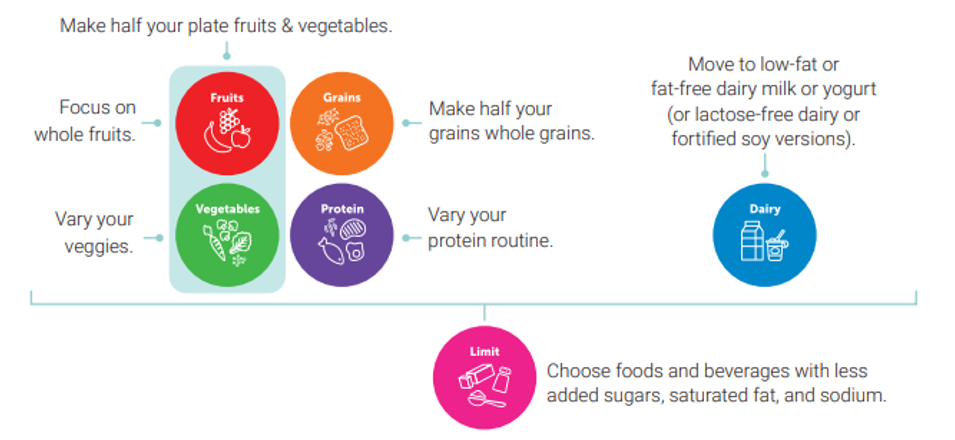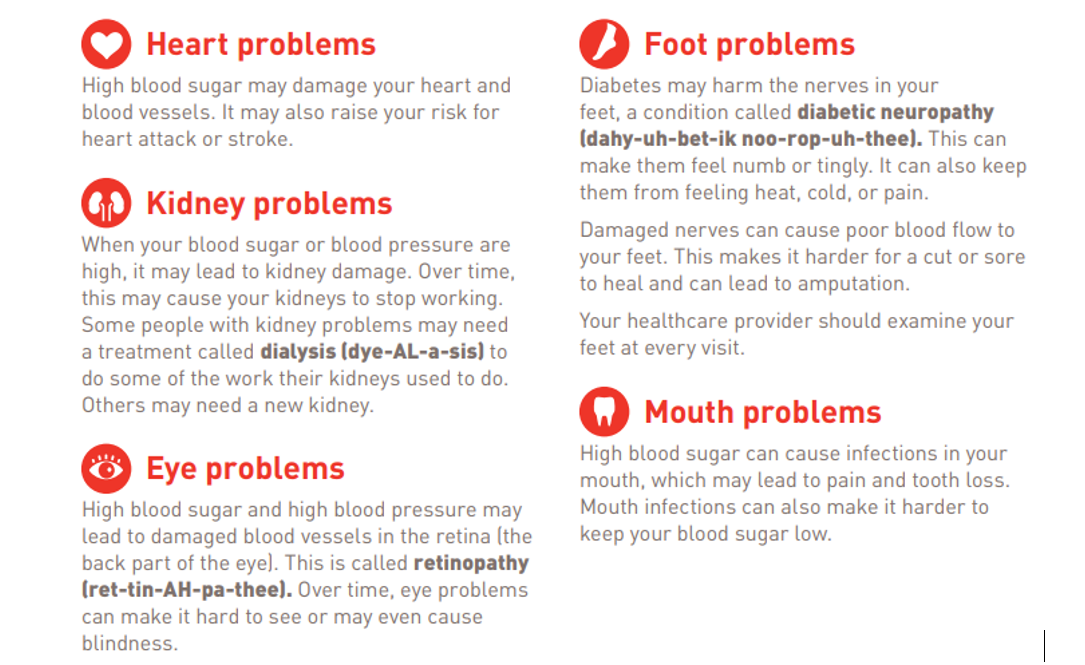Did you know that millions of people worldwide are affected by prediabetes? More than 1 in 3 adults in the United States are living with prediabetes. Alarmingly, more than 80% of those with the condition are unaware that they have it.
Prediabetes occurs when your blood sugar levels are elevated, but not high enough to be considered type 2 diabetes. It serves as a warning sign that you should begin taking action to avoid potential long-term consequences of uncontrolled blood sugar such as heart, kidney, nerve, and eye issues to name a few If you have prediabetes, taking action today for a healthier lifestyle may help prevent or delay type 2 diabetes. The National Diabetes Prevention Program aims to help people at higher risk of developing type 2 diabetes lower their risk.
As prediabetes progresses, the pancreas (responsible for releasing insulin) may struggle to keep up with the demand of managing rising blood sugar levels which can lead to the development of type 2 diabetes. The hormone insulin plays an important role in regulating the amount of sugar in your blood. It allows the cells to then use this sugar as an energy source, or it can be stored for later use. Living with prediabetes presents an opportunity to take control of your health and prevent disease progression.
Preventing Type 2 Diabetes
Adapting your lifestyle while living with type 2 diabetes is a necessity. The good news is that prediabetes can be managed by making meaningful changes to reduce your risk of developing type 2 diabetes.
Awareness
Prediabetes awareness is an important part of preventing type 2 diabetes. Being aware that you have the condition presents the opportunity to be proactive and make positive lifestyle changes.
Prediabetes can easily go undetected as there are no clear symptoms. Some risk factors that may put you at a higher risk of developing prediabetes include carrying excess weight, your age (45 or older), having an immediate relative with type 2 diabetes, a personal history of gestational diabetes, and a personal history of polycystic ovary syndrome (PCOS). Gestational diabetes is a type of diabetes that occurs during pregnancy, and PCOS is a common hormonal disorder that affects women during their reproductive years.
People of color including African Americans are also at a higher risk. If any of these risk factors apply to you or if you have concerns regarding your blood sugar, speak with your doctor to address your concerns and have your blood sugar levels monitored.
Lifestyle Changes
Lose weight: Losing even a small amount of weight (about 10 pounds) can reduce blood pressure in many overweight people. It may even prevent high blood pressure.
Increase physical activity: Try to get 30 minutes of physical activity at least 5 days each week or as recommended by your healthcare provider. Limit the amount of time you spend sitting down to less than 90 minutes at any one time.
Follow healthy eating habits. What you eat can affect your entire body, including your heart, brain, skin and bones. Your body needs healthy food to be at its best. Eating smaller portions, drinking more water, and adding more fruits and vegetables are all ways for you to eat healthier

To learn what the right amounts are for you, try the personalized MyPlate Plan at https://www.myplate.gov/myplate-plan
Prevention is Possible
Diabetes can affect many parts of your body. When blood sugar stays high, your eyes, heart, kidneys, and nerves can be harmed. Taking good care of yourself today may help you avoid problems in the future.
Lilly is also working to improve outcomes in patients with prediabetes click here to learn more.
References
- National Institute of Diabetes and Digestive and Kidney Diseases. Diabetes Statistics
- Prediabetes – Your Chance to Prevent Type 2 Diabetes
- What you need to know about prediabetes
- Diabetes and your health: Caring for your heart while managing diabetes
- Making healthy food choices
- National Institute of Diabetes and Digestive and Kidney Diseases. Preventing Type 2 Diabetes
- Dietary Guidelines for Americans 2020 – 2025, Dietary Guidelines for Americans, 2020-2025
- How diabetes can affect your body







